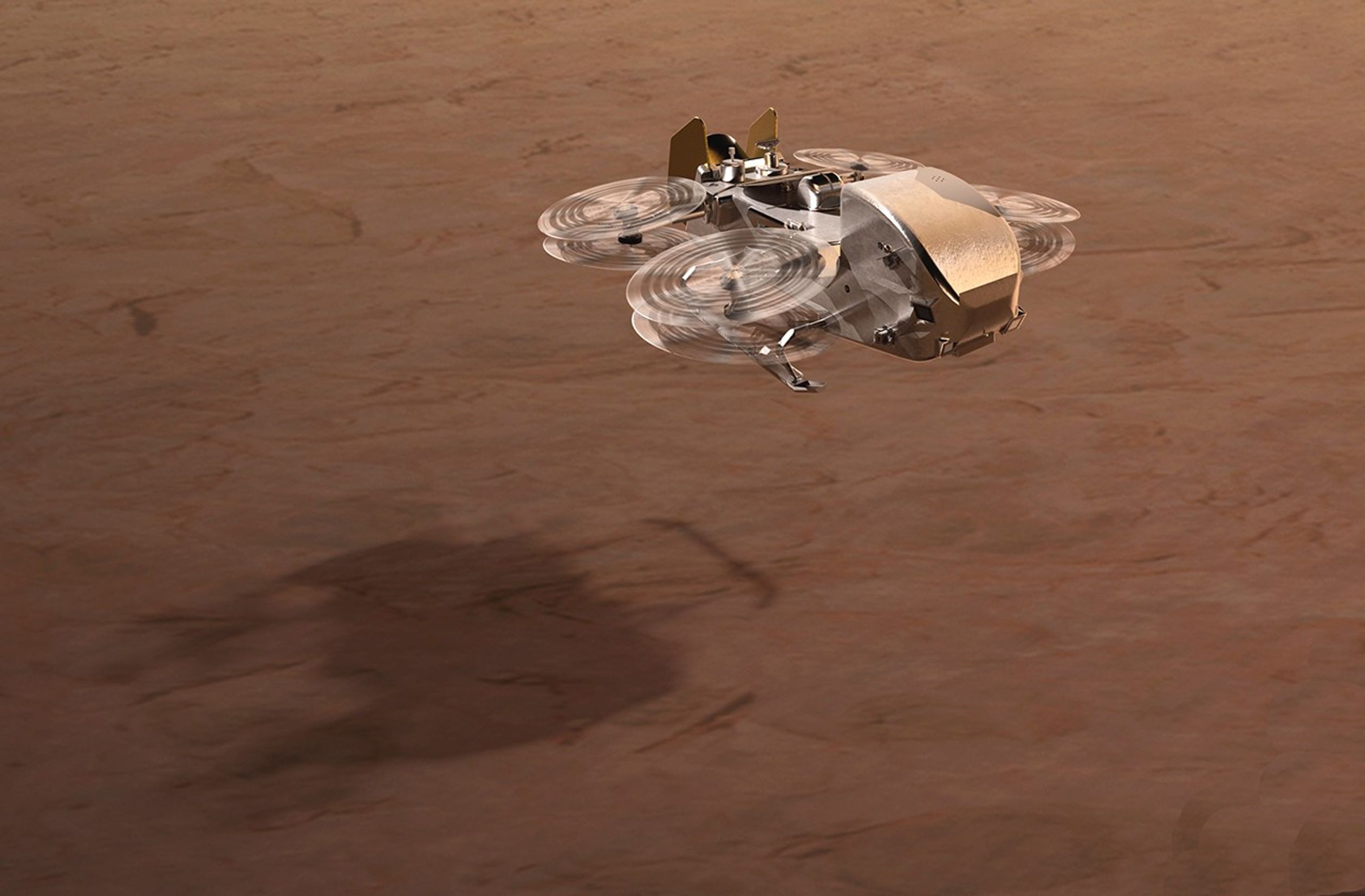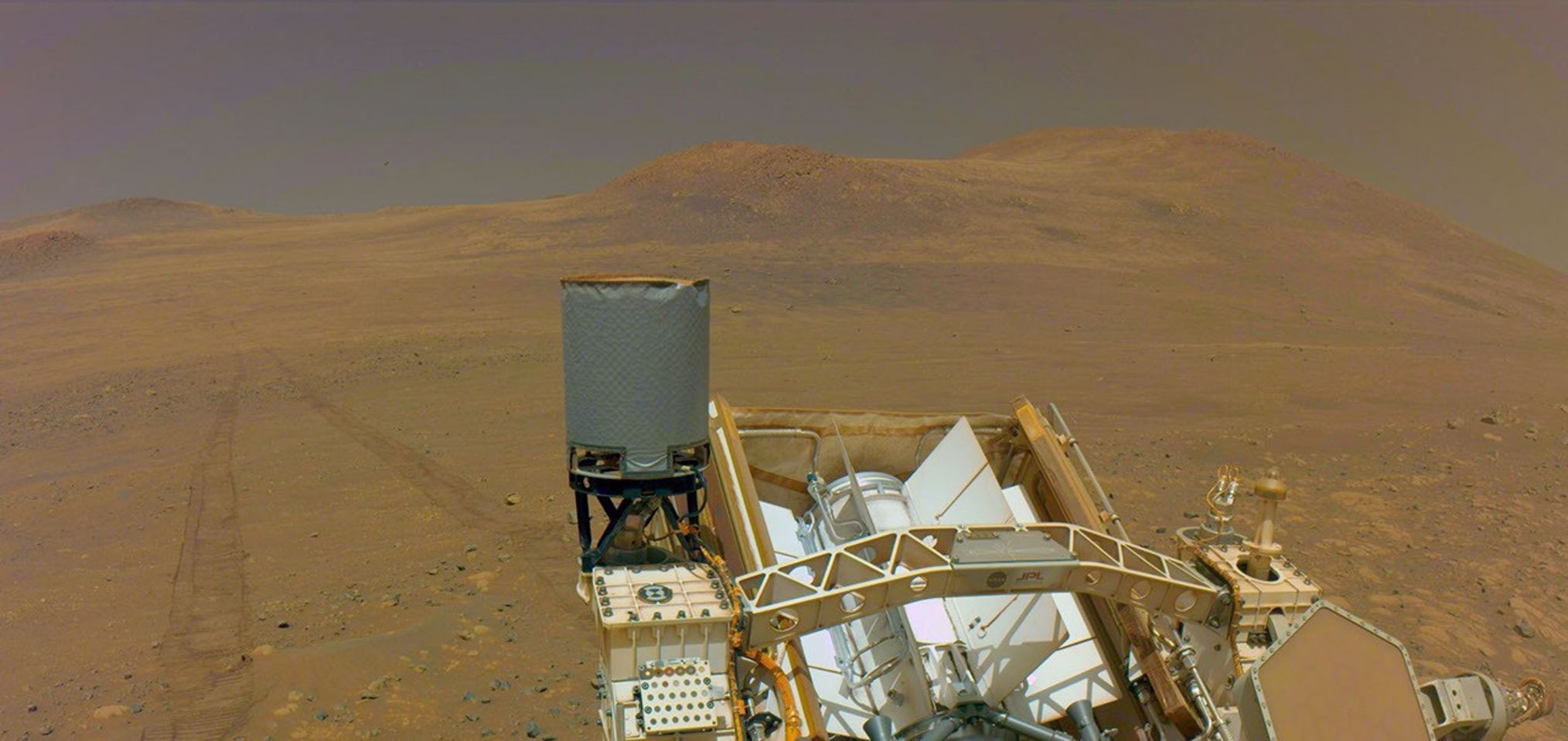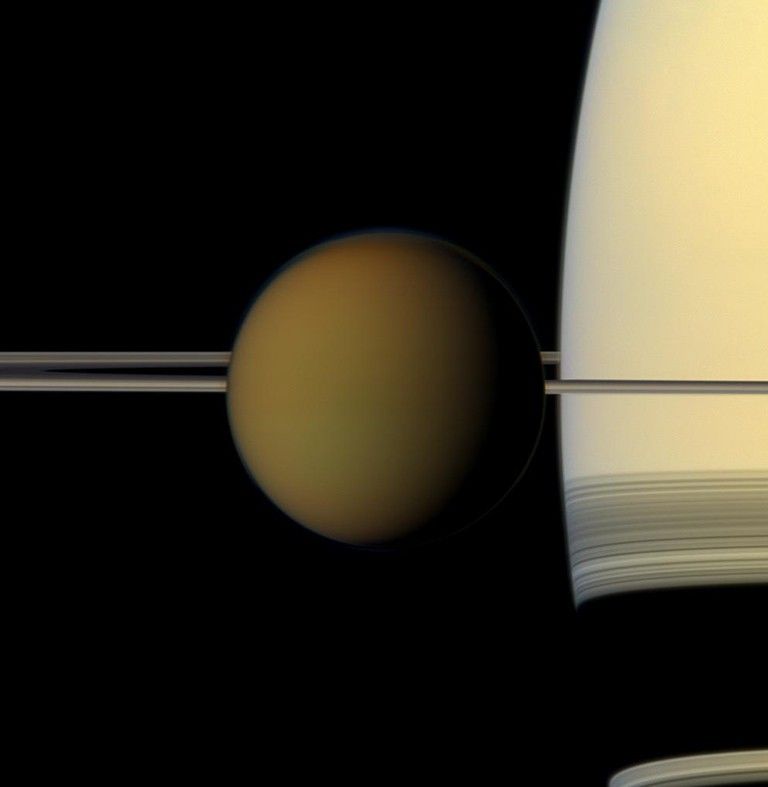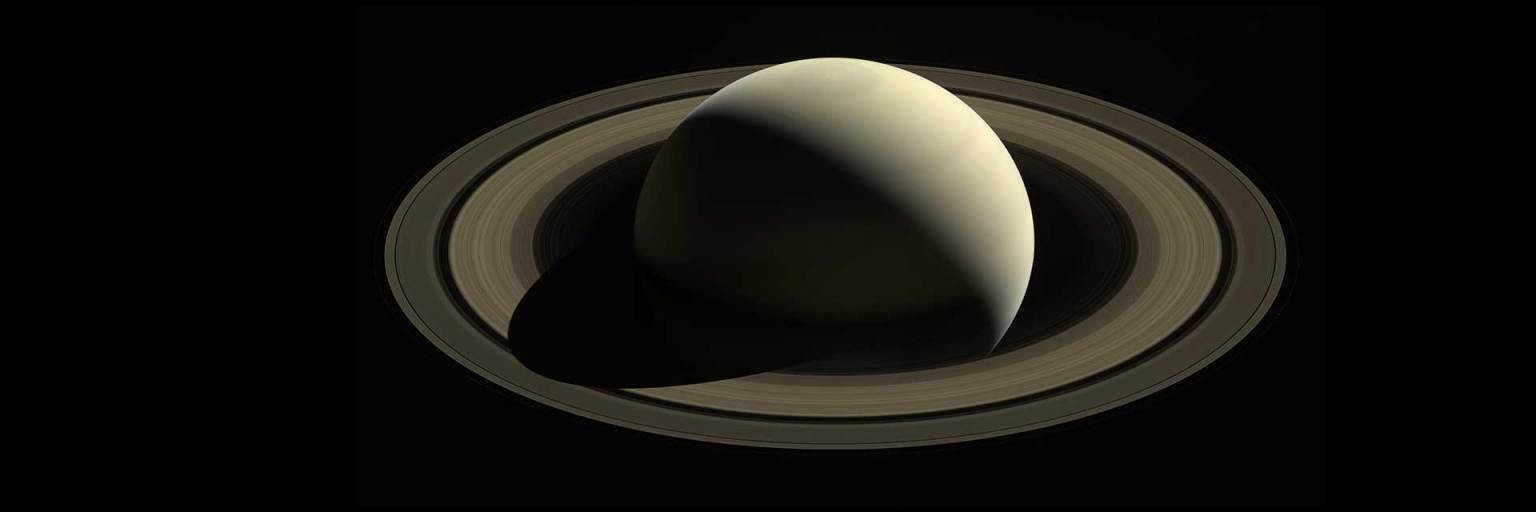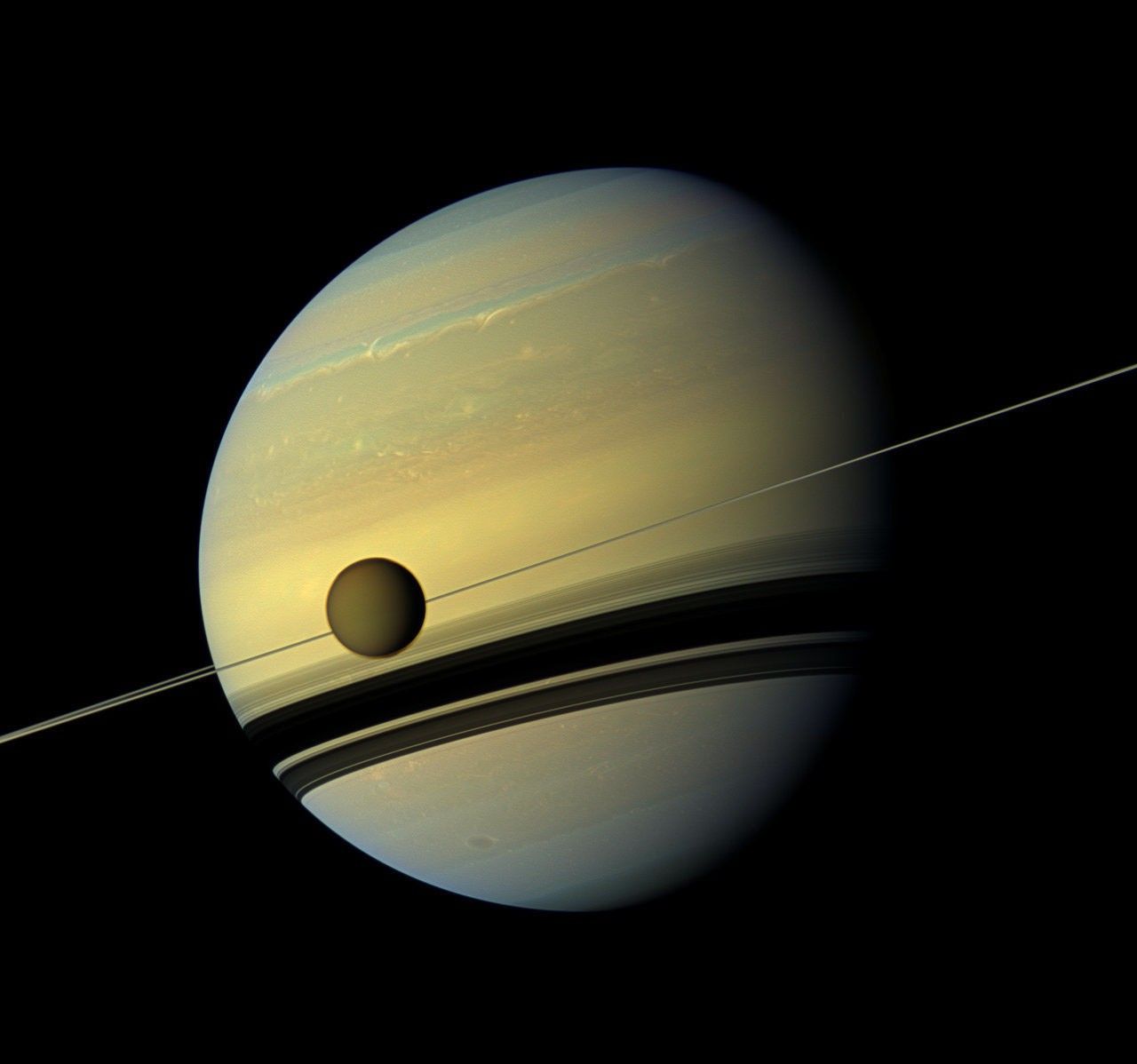Flying on Saturn's Moon
Titan’s dense, calm atmosphere and low gravity make flying the ideal way to travel to different areas, freeing Dragonfly from constraints a rover would face trying to travel over the moon’s potentially rough and sandy terrain.
Dragonfly can cover tens of miles (or kilometers) in under an hour, enabling it to travel to 20-30 different sites over the 3-plus years of its primary mission, covering about 70 miles (115 km) from its initial landing site.
Powering Dragonfly
Because of the low solar illumination at Titan, Dragonfly will use an MMRTG (Multi-Mission Radioisotope Thermoelectric Generator), a similar type of fuel source as the ones used by NASA’s durable Curiosity and Perseverance rovers on Mars.
The MMTRG is supplied by the U.S. Department of Energy through NASA’s Radioisotope Power Systems (RPS) Program, and uses nuclear energy to produce a consistent power source – beyond the capabilities of solar power, chemical batteries, and fuel cells – enabling exploration of the deepest, darkest, and coldest regions of space.
The Spacecraft
-
Specifications
Weight: 1,900 pounds (875 kg)
Dimensions: 12.5 feet (3.85 m) long, 12.5 feet (3.85 m) wide, 5.5 feet (1.75 m) tall
Rotors: Eight sets of 53-inch (1.35 m) coaxial blades
Power: 134 ampere-hour battery and Multi-Mission Radioisotope Thermoelectric Generator (MMRTG)
Communications: NASA’s Deep Space Network (DSN) using large-gain and a medium-gain antennas, a 100-watt traveling-wave tube amplifier, and APL-designed Frontier radio (X-band)Rotating image of Dragonfly model from inside out.NASA/Johns Hopkins APL
Science on Board
Dragonfly’s ground-breaking exploration of Titan – literally, as it will be drilling into the surface for samples – will incorporate five scientific instruments developed by a global collaboration of government agencies and commercial space companies.
- DraMS: Dragonfly Mass Spectrometer to analyze chemical components and processes producing biologically relevant compounds. Developed by: NASA’s Goddard Space Flight Center and CNES (Centre National d’Etudes Spatiales)
- DraGNS: Dragonfly Gamma-ray and Neutron Spectrometer to measure elemental surface composition, including minor inorganics, to classify surface materials. Developed by: the Johns Hopkins Applied Physics Laboratory (APL) and Lawrence Livermore National Laboratory
- DragonCam: Dragonfly Camera suite to characterize landforms and surface processes at multiple scales, surface, and aerial imaging. Developed by: Malin Space Science Systems
- DrACO: Drill for Acquisition of Complex Organics to drill, sample, and pneumatically transfer surface material to the DraMS. Developed by Honeybee Robotics, a Blue Origin company
- DraGMet: Dragonfly Geophysics and Meteorology to monitor atmospheric conditions, constrain regolith properties, and detect and characterize seismic activity. Developed by: the Johns Hopkins Applied Physics Laboratory (APL) and JAXA (Japan Aerospace Exploration Agency)
Entry, Descent, and Landing
Once the spacecraft carrying Dragonfly gets to Titan, the Entry, Decent, and Landing (EDL) system goes to work to land its payload safely on the surface. Dragonfly will leave its spacecraft encased in a landing capsule with a heat shield connected to a backshell that houses the rotorcraft. Led by NASA’s Ames Research Center and Langley Research Center, the EDL system also includes a partnership with the German Space Agency (DLR), which provides sensors to collect temperature and pressure data on the shield during entry.
As it descends, the capsule will be slowed by a smaller, drogue parachute first, then a larger, main parachute. The heatshield will separate from the backshell, from which Dragonfly will emerge and fly to the surface using its own power, guided by lidar systems.
Dragonfly Soaring Through Key Development, Test Activities
NASA’s Dragonfly mission has cleared several key design, development and testing milestones and remains on track toward launch in July 2028.
Read More




























